Ad Pulse Euros 2016 Edition: Shakira’s “La La La”
A music video starring Colombian pop princess Shakira may not seem the most likely candidate as the most shared football ad of all time. However, when it comes to shareable branded content, Activia’s World Cup 2014 video “La La La” – made in conjunction with the World Food – is in a league of its own.
Since its launch, the ad has attracted 6.1 million shares, not only making it the most shared football ad of all time, but also the second most shared ad ever released, behind Google Android’s “Friends Furever” (7.4 million shares).
But what made the ad such a big hit online? Why did consumers share it and which audiences did it appeal most to? Well, to celebrate the European Championships kicking off today, we have analysed Activia’s ad in more detail.
Enjoy!
Emotional responses
There are a lot of factors that influence the intrinsic shareability of a video, but what are the most important? Well, certainly the strength of emotions a video elicits from its audience is key.
So it’s hardly surprising that one of the most shared ads of all time attracted some strong emotional reactions from its viewers. But which were the most common?
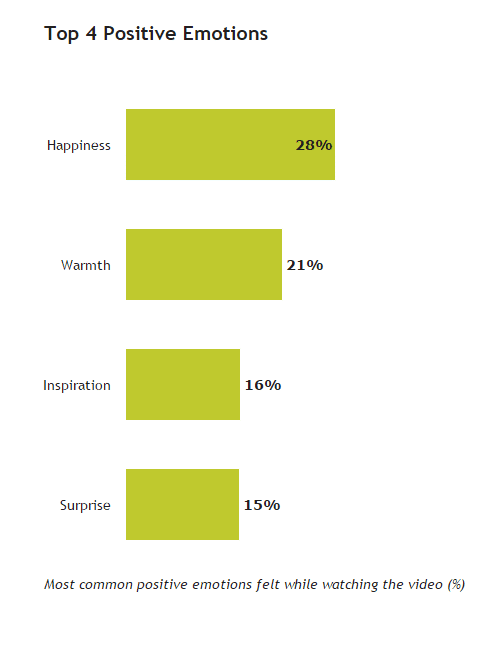
Well, certainly the video’s likeable star and upbeat message drove strong feelings of happiness and warmth – the emotions most likely to resonate globally.
Another key emotion was inspiration, with almost a fifth of respondents inspired by the positive message of support for the World Food Programme and its School Meals initiative.
However, almost a quarter of viewers also felt confused by the video. This is possibly due to the fact they were not sure if it was a music video, a charity video or an ad for yoghurt.
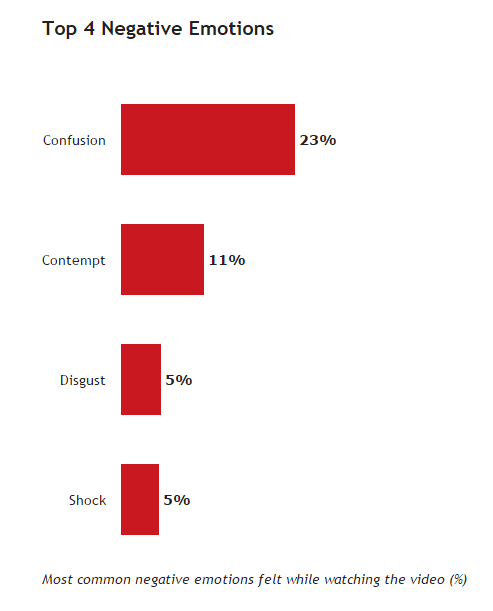
Brand recall and business metrics
You would have thought that brand recall would be a particular problem for Activia’s “La La La”. For starters, it’s not exactly a traditional ad campaign and looks more like a music video than a commercial for a yoghurt brand. With the World Food Programme and a global pop star in the mix, it’s also difficult to get cut-through. Yet, 61% of viewers correctly identified Activia as the brand involved.
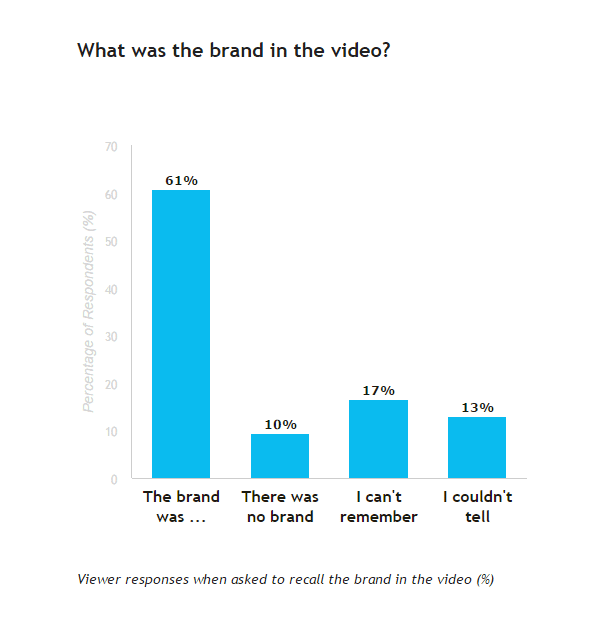
However, when you start to look at which groups were more likely to identify the brand, it gets a lot more interesting.
Firstly, brand recall among women (68%) in general was lot higher than among men, who managed only 54%.
But the real split seems to be among different age groups. For example, brand recall was a lot higher among over-45s, with 65% of men and 70% of women managing to correctly identify the brand, while only 44% of 18 to 24-year-olds managed to name Activia as the brand behind the campaign.
Social motivations
The importance of giving your target audience a reason to share your ad is often overlooked by brands.
These days online videos are a valuable social currency, increasingly used as conversation starters, social lubricants, props for self-expression and as a means of winning validation and approbation within a peer group.
If the video you’ve produced is perceived to have a high value within your target peer group – because it’s particularly entertaining/relevant/meaningful to this group – it’s much more likely to get passed on.
Just take a look at the most common social motivations why people said they would share the Activia’s “La La La” in the chart below and you will see that it offered a broad menu of reasons to share, working in different ways for different groups.
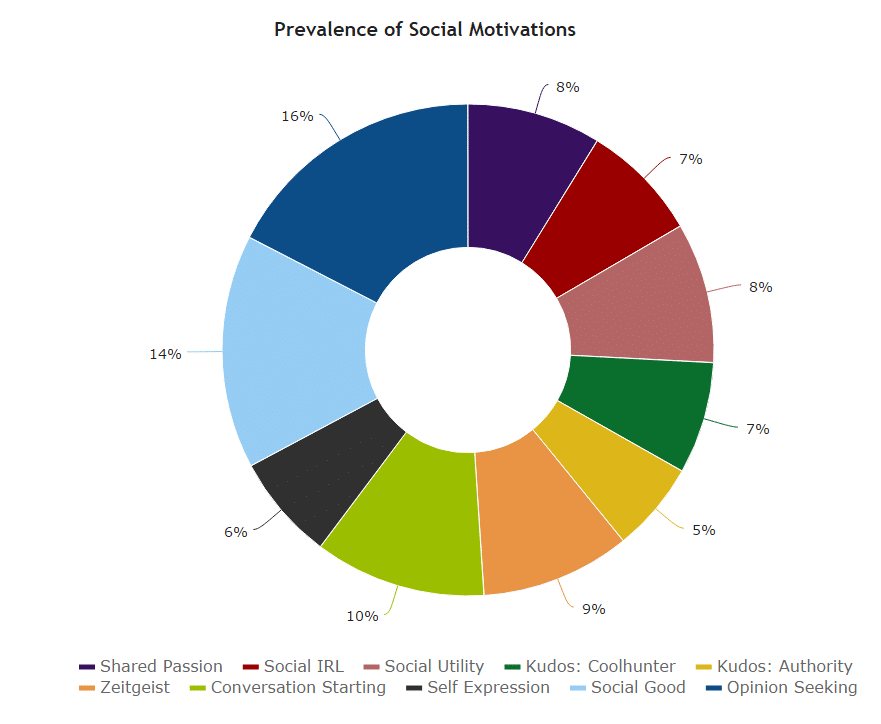
Unsurprisingly, the most popular reasons given were to seek other people’s opinions about the ad and social good.
Which platform would they share the video on?
Facebook was the platform of choice for 30% of respondents, followed by Twitter and WhatsApp (11%).

Unsurprisingly for the second most shared ad of all time, a high number of viewers also said they would share the video online after watching it (29%).
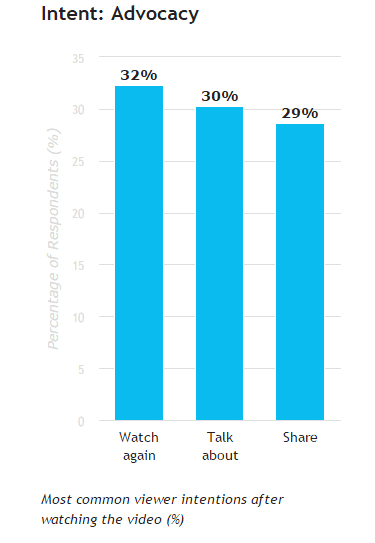
This was particularly true of 18-24 year-olds (51%), while young males (18-24) were the group most likely to share (59%).
Interestingly, more men (31%) said they wanted to find out more about the brand after watching the video than women (27%), but women were more likely to say they would like to buy the product (29% v 27%).
